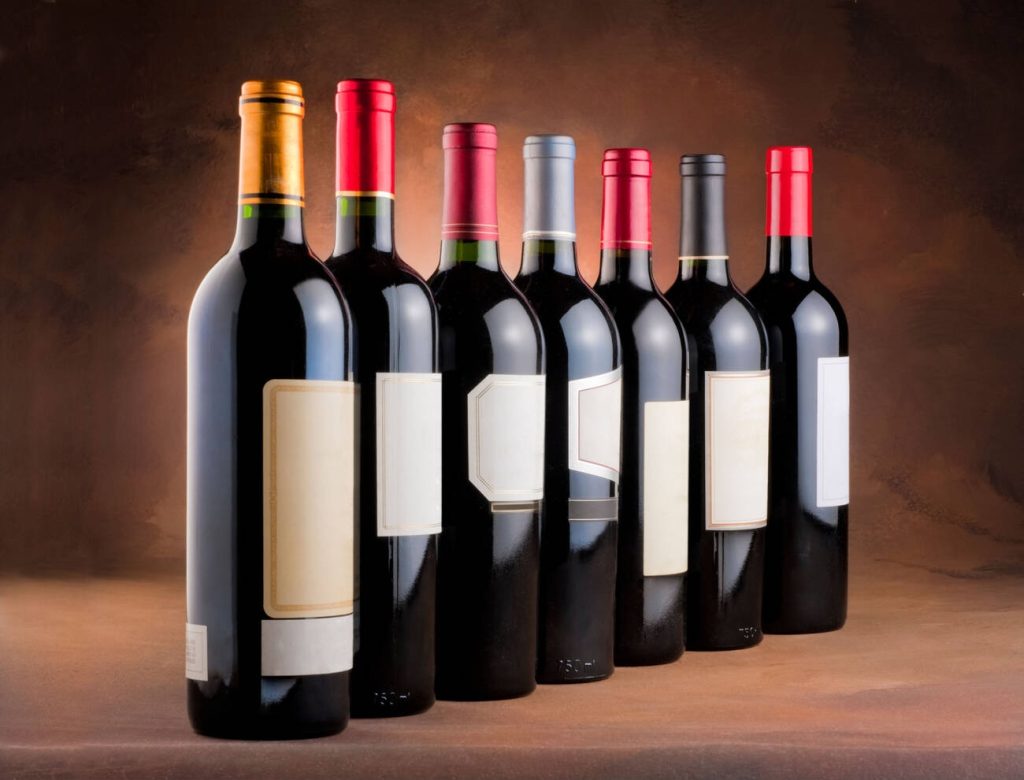Do you want your red wine bottle labels to capture attention and entice customers? Look no further! This article has everything you need to know about designing captivating labels for your red wine bottles. From understanding the role of design in influencing consumer choices, to exploring popular styles and trends, to discovering special finishing techniques that make your labels stand out – we’ve got you covered. Get ready to create eye-catching labels that will make your red wine shine on the shelves.
Contents
- The Role of Design in Red Wine Bottle Labels
- Popular Styles and Trends in Red Wine Label Design
- Special Finishing Techniques for Red Wine Labels
- Packaging Strategies for Red Wine Labels
- Design Approaches and Techniques for Red Wine Labels
- Essential Information on Red Wine Labels
- Making Your Red Wine Label Stand Out
- Understanding Branding and Target Audience for Red Wine Labels
The Role of Design in Red Wine Bottle Labels
The design of red wine bottle labels plays a crucial role in attracting customers and communicating the target audience and aesthetic of the wine. When you walk into a wine store, the first thing that catches your eye is the label on the wine bottle. The design of the label gives you an idea of what to expect from the wine inside. Whether it’s a bold and modern design or a classic and elegant one, the label sets the tone for your experience with the wine. It also helps you identify different types of wines, such as Cabernet Sauvignon or Merlot, by providing visual cues and information about varietal type. Additionally, labels often include how many liters are in a bottle of wine, serving as a useful reference for consumers when making their purchase decision. So next time you’re browsing through bottles at your local wine shop, pay attention to the design on those red wine bottles – it might just be what draws you in.
Popular Styles and Trends in Red Wine Label Design
Popular styles and trends in red wine label design include traditional, abstract, minimalistic, trendy, and vintage. When it comes to designing a label for your red wine bottle, you have a variety of options to choose from. Traditional labels evoke a sense of history and tradition with their classic designs. Abstract labels use artistic graphics and asymmetrical shapes to create a visually striking look. Minimalistic labels opt for clean and simple designs that exude elegance. Trendy labels incorporate modern trends or use humorous designs to catch the eye of consumers. Vintage labels mimic handwriting and often feature golden finishing touches for a touch of nostalgia. Whichever style you choose, make sure it reflects the personality of your wine and appeals to your target audience.
Special Finishing Techniques for Red Wine Labels
When designing red wine labels, it’s important to consider special finishing techniques that can add a luxurious touch to the overall design. Embossed labels, for example, can add texture and a sense of elegance to the label. Gold foil is another option that creates an elegant and premium look. High-end graphics and fancy fonts can also make the label appear more expensive and visually appealing. Hot-stamping is yet another technique that adds a vintage and classic touch to the label design. These finishing options not only enhance the aesthetic appeal of the label but also help differentiate your wine from competitors on the shelf. By incorporating these special techniques, you can create a red wine label that exudes luxury and catches the eye of potential customers.
Packaging Strategies for Red Wine Labels
Packaging strategies for red wine labels should be carefully considered to enhance the overall presentation and branding of the product. When designing your packaging, think about how it can differentiate your wine from competitors on the shelf. Customized branded boxes provide added protection and create a richer experience for customers. Consider using sustainable materials to appeal to eco-conscious consumers. Custom shapes that complement your label design can make your packaging stand out even more. Ensure that the label is visible and aligned with the packaging design for maximum impact. By paying attention to these packaging strategies, you can create a cohesive and visually appealing product that will attract customers and leave a lasting impression.
Design Approaches and Techniques for Red Wine Labels
Design approaches and techniques for red wine labels can greatly impact the overall aesthetic and appeal of the product. When it comes to designing your red wine labels, keep these important points in mind:
- Choose a design style that aligns with your brand and target audience.
- Experiment with colors to create contrast and make your label stand out.
- Select typography that reflects the personality and style of your wine.
- Incorporate imagery that resonates with your brand and captures attention.
Essential Information on Red Wine Labels
To ensure you are well-informed about red wine labels, it is important to understand the essential information that should be included on them. The first thing to look for is the brand name, which helps identify the wine and its producer. Additionally, the label should include a fanciful name, vintage (year), and the type of wine or varietal. It is also crucial to find the appellation or region where the wine was produced. Mandatory label information such as alcohol content (ABV), net contents in milliliters, sulfite warning (if applicable), and government warning must be present on the label. Lastly, some additional information like pairing suggestions and flavor notes can provide valuable insights into the wine’s characteristics. By understanding these key elements, you can make more informed decisions when choosing red wines based on their labels alone.
Making Your Red Wine Label Stand Out
When creating a red wine label, it’s important to consider unique elements that will make your label stand out among others. To achieve this, you can incorporate the following:
- Eye-catching design: Catch the customer’s attention and communicate the wine’s target audience.
- Detailed description: Provide information about the wine’s characteristics to help customers make informed choices.
- Enhancing packaging: Use custom shapes and sustainable materials to enhance the overall presentation and appeal of your wine.
- Special finishing options: Consider embossed labels, gold foil, high-end graphics, or fancy fonts to create an elegant and premium look.
Understanding Branding and Target Audience for Red Wine Labels
Understanding your brand story and target audience is essential for creating effective red wine labels that resonate with consumers. When designing your label, it’s important to consider the values and personality of your brand. Think about what sets your wine apart and highlight those unique qualities on the label. Additionally, knowing your target audience will help you tailor the design to their preferences and tastes. Consider the color scheme, typography, and imagery that will appeal to your specific demographic. Experiment with different design styles to find the perfect fit for your wine. By understanding your brand story and target audience, you can create red wine labels that not only catch consumers’ attention but also leave a lasting impression.




